Berlin is a hub of tourist activities. Whether you are looking for history and culture or you want to experience the exciting art, music, and nightlife, Berlin offers something for everyone. Monuments of Berlin are worth visiting. This city is a mixture of the city is buzzing with life and beautiful architecture from different eras. Berlin has an amazing history and filled with places of significance from its many conflicts and wars. Even though a lot of it was destroyed during the war, the city was rebuilt with the intention to preserve its history. Germany’s dynamic capital has long mesmerized visitors with its vibrant culture, turbulent history, and buzzing nightlife. The historical monuments in Berlin are Checkpoint Charlie, sampling currywurst and stopping by the dome of the Reichstag. Reunified in 1989, Berlin is filled with reminders of its tumultuous past. Begin in the historic Mitte district, home to Brandenburg Gate now a poignant symbol of reunification and the impressive Holocaust Memorial, then get a taste of the former East Berlin. Colorful graffiti covers what remains of the Berlin Wall, which divided the city during the Cold War. Here is a complete list of some of the popular monuments in Berlin:
List of Monuments in Berlin
1. Brandenburg Gate

If you are visiting first-time in Berlin, the Brandenburg Gate is obligatory, and it’s charged with real emotion and meaning, as an ever-present landmark during the Second World War and destruction this great monument was happened along with the Berlin Wall when it stood at the divide. At the turn of the 1790s, this ceremonial monument was erected at the behest of the Prussian King Frederick William II, on the site of one of Berlin’s former defensive gates. It is one of the most famous monuments in Berlin for first-timers.
2. Berlin Cathedral
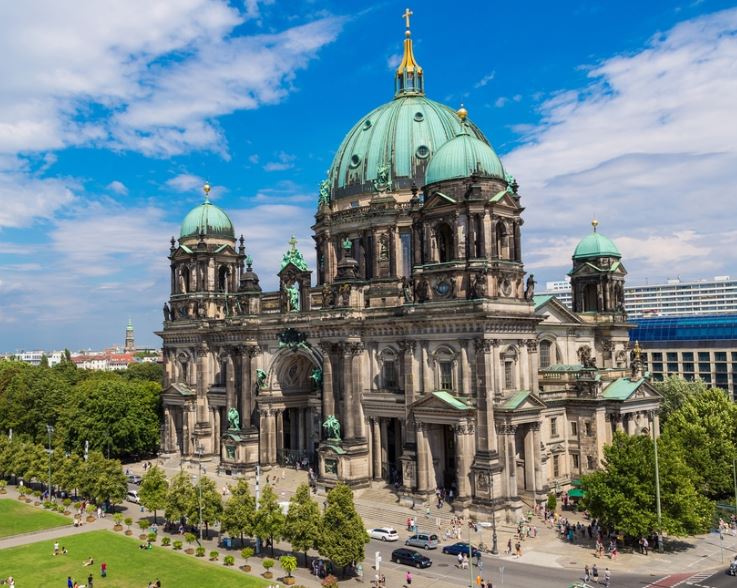
Berlin Cathedral is in the exuberant Historicist style and was finished in 1904. Berlin Cathedral sustained damage in the Second World War when the lantern in the dome was destroyed, but the building never collapsed and has become another allegory for Berlin. The restoration of this monument in Berlin began in the 1970s and took until 1993. Through the portal, there’s a profusion of goldwork, mosaics, sculpture and a mosaic hewn from marble and onyx by the 19th-century architect Friedrich August Stüler.
3. The Reichstag

Reichstag is another landmark that sums up the drama of the 20th century in Berlin is the Reichstag, the meeting place of the German Parliament. Reichstag is considered in an iconic monument in Berlin Germany. This Neo-Baroque building dates from 1894 and housed the Imperial Diet until it was damaged in that infamous and historic fire in 1933. This German monuments in Berlin came down a restoration project by Norman Foster that began to resurrect the Reichstag as an emblem of a unified Germany.
Read More: Cities to Visit in Israel
4. Victory Column
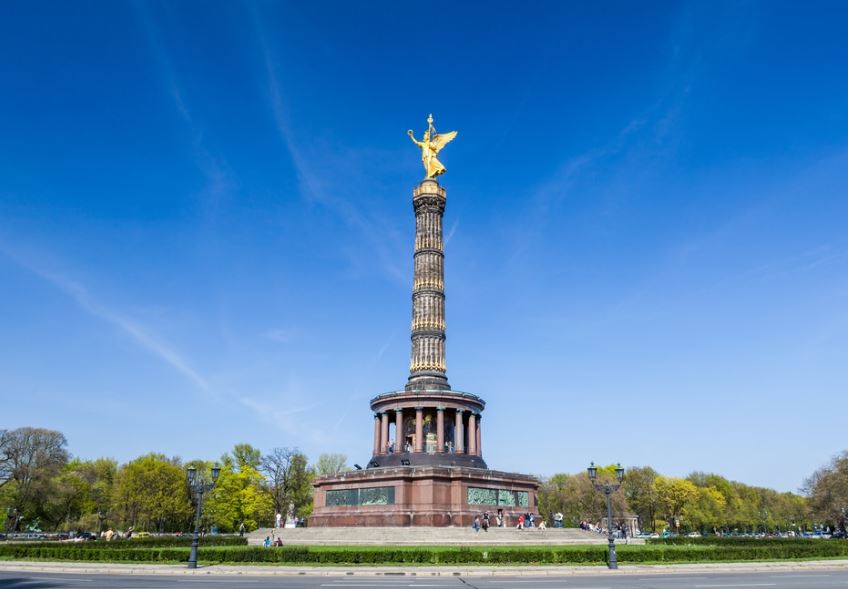
In 1864 after the defeat of Denmark in the Danish-Prussian War, The Victory Column was built. It considered one of the historical monuments in Berlin. Over Austria and then France in 1870-71, but it would also come to represent a slew of other victories in that era. Following these successes an 8.3-meter sculpture of Victoria was added to the top of the column, Its weight approx. 35 tons. The whole monument once stood in front of the Reichstag but was moved in 1938-39 to its current spot at the center of a roundabout. It was Hitler’s ambitious plan to remodel Berlin as World Capital Germania. For a small fee, you can bridge the 285 steps of the spiral stairway to watch over the Tiergarten and Berlin 51 meters above the park.
5. Museum Island

These are the Altes Museum, Alte National Galerie, Neues Museum, Bode-Museum, and the Pergamon Museum. In the early 19th century this little district and the wider notion of a museum as a venue for public edification is a product of the Enlightenment and plans were set in motion. This famous monument in Berlin also an opportunity to show off the richness and sophistication of the Prussian royal collections and the fruits of its 19th-century victories. The first institution to open was the Altes Museum in 1830, designed by Karl Friedrich Schinkel who drew up several Neoclassical monuments around Berlin in that period.
6. Neues Museum
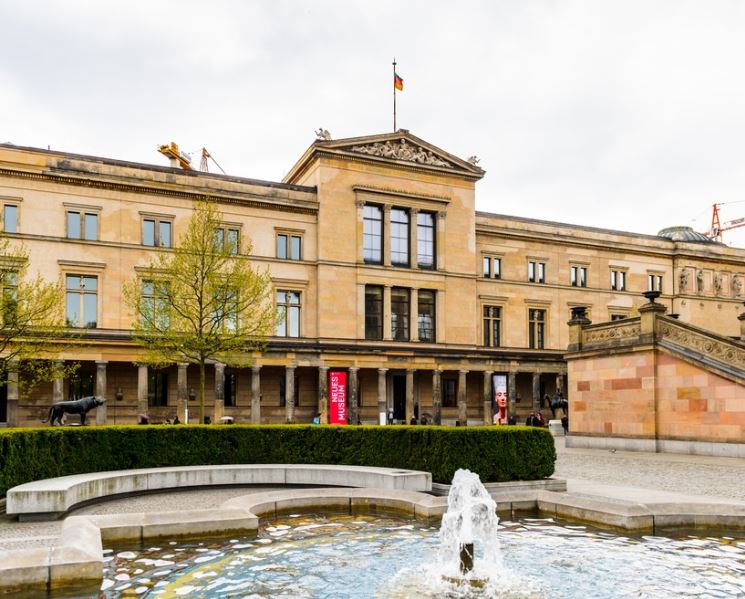
After reunification plans were put in place its treasury of ancient artifacts was finally moved from the Altes Museum back to its rightful home in 2009. There are galleries for Ancient Rome and Greece, but it’s the Egyptian displays that pull in the crowds and none more so than the bust of Queen Nefertiti. This museum is worth visiting important monuments in Berlin. The 3,350-year-old sculpture was discovered at Amarna in 1912 and has been beguiling people ever since. Still, Nefertiti is only one of many exhibits, from hieroglyphics to sarcophagi and two preserved ancient courtyards, one Egyptian and one Greek.
Read More: Most Visited Monuments in Rio de Janeiro
7. Gemäldegalerie
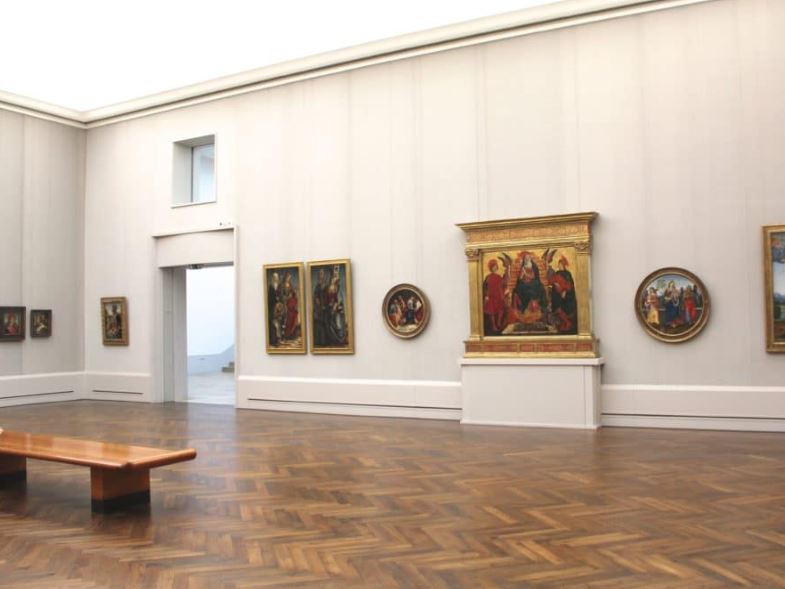
For the sake of introduction, we’re talking about Botticelli, Albrecht Dürer, Rubens, Rembrandt, Hans Holbein, Raphael, Vermeer, Botticelli and many more than we can list here. It is considered in one of the top monuments in Berlin. This wealth of painting wasn’t amassed by a single family but was curated by the Prussian Government from 1815 as a cross-section of European art. You have 1,250 works of the highest quality to see, by the master after master, so don’t be surprised if you lose all track of time under their spell.
8. Checkpoint Charlie
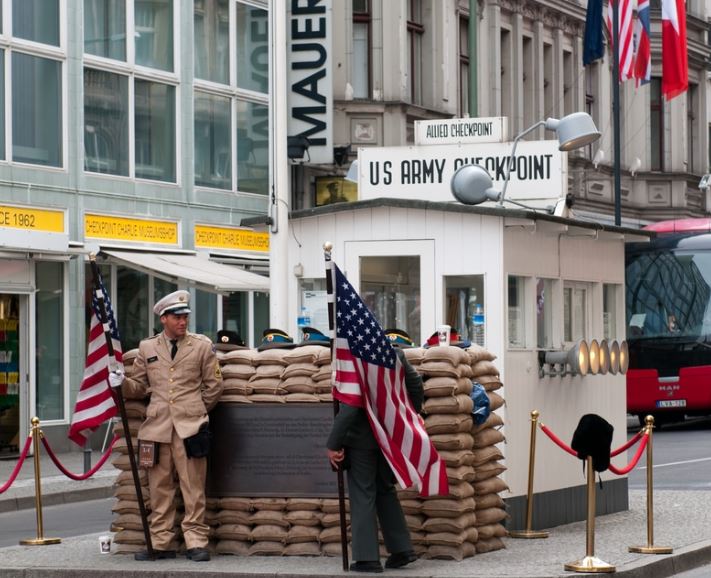
The intersection of Friedrichstraße and Zimmerstraße is the site of the legendary border crossing between East and West Berlin. This historical monument in Berlin Germany almost the scene of a catastrophe in 1961 when American and Soviet Tanks stood off against each other for six days at the end of October. Later, in 1962, it witnessed the death of Peter Fechter, a teenager shot trying to cross from East to West. The name comes from the phonetic alphabet (Charlie meaning C), as Checkpoint Charlie was the third such border crossing set up by the allies in the city. Now the guardhouse and sandbags in the center of the street are worth a photo as you pass by.
9. Olympic Stadium
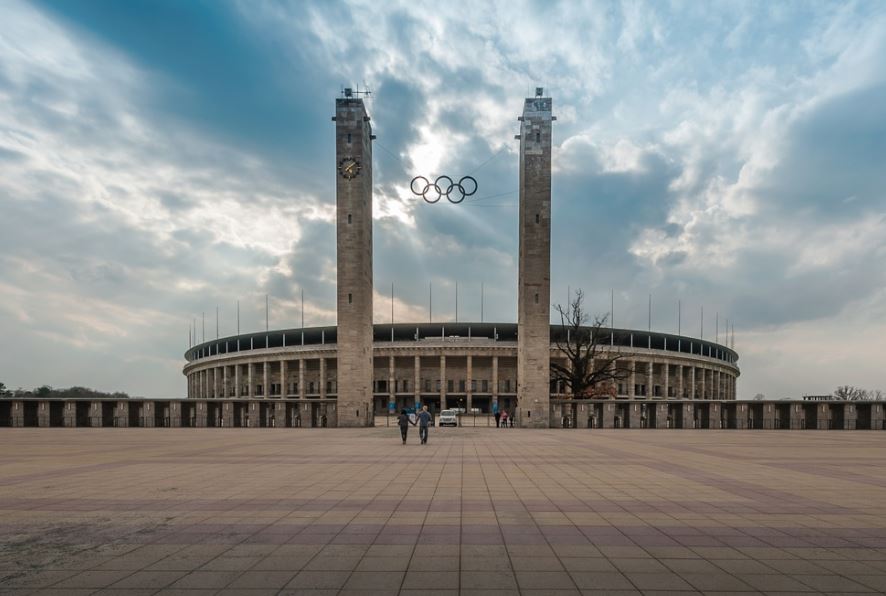
Looking for the best monuments in Berlin, dont miss the Olympic Stadium. Few sporting arenas have seen as much world-changing history as Berlin’s Olympic Stadium. When the Nazis came to power in 1933 they identified the upcoming 1936 Olympics as a propaganda opportunity, and Werner March was called upon to design a monumental stadium that would turn heads. The result was a technical masterpiece and would be the arena where Jesse Owens took four gold medals, undermining any notions of Aryan supremacy. Since then an immense steel roof has been installed, weighing 3,500 tons and the capacity has been cut back from 100,000 to 74,475. Visit for a tour during the week, or try to catch the famous atmosphere of a Bundesliga match when Hertha BSC play their home matches in the ground between August and May.
10. Gedenkstätte Berliner Mauer

Some of the most memorable images from the early days of the Berlin Wall were recorded at Bernauer Straße where there’s now a memorial to this famous boundary. Including the Todesstreifen (Death Strip) in between, a 70-meter length of the wall has been preserved here, and a watchtower beside the street. Across Bernauer, Straße is the visitor center, which chronicles the wall, from when this monument of Berlin Germany was first enforced to its eventual destruction.
11. Pergamon Museum
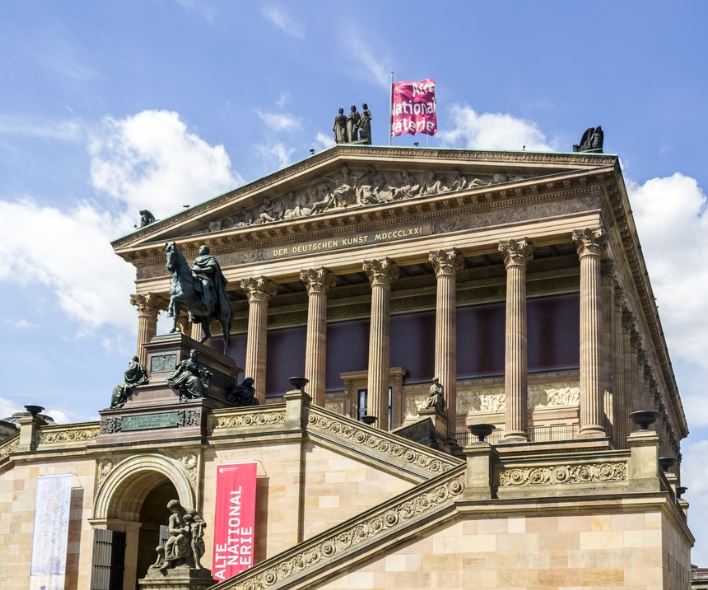
At the Pergamon Museum, you’ll come face-to-face with epic ancient monuments in Berlin from the Near East, brought in pieces to Berlin from the 1910s and reconstructed in these galleries. The 2nd-Century Pergamon Altar is the piece that gives the museum its name, a stairway, and portico on a pedestal adorned with a frieze in high relief portraying scenes from Greek mythology. It is considered in monuments to see in Berlin. Some other wonders are the colorful Ishtar Gate, rebuilt with the material discovered in its excavation, the Roman Market Gate of Miletus, the Islamic art of the Umayyad Mshatta Facade from Jordan and, oldest of all, the Mesopotamian Meissner fragment from the Epic of Gilgamesh.
12. Deutsches Historisches Museum
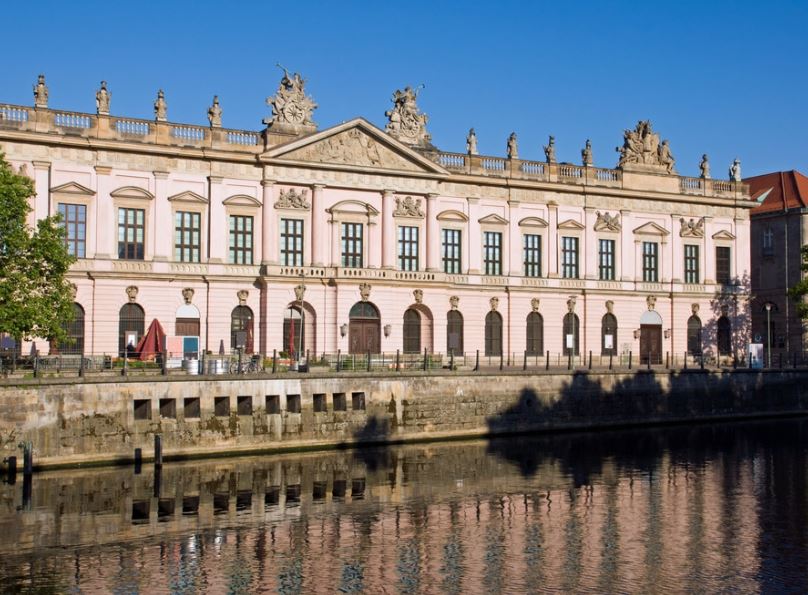
One of the many palatial buildings on Unter den Linden and, famous monuments in berlin Germany, in the Zeughaus the German Historical Museum reveals 2,000 years of German history. It is Berlin’s most famous attractions. For this, there’s an enormous exhibition of 7,000 artifacts arranged in chronological order. These jump from precious pieces, like the iconic painting of Martin Luther by Lucas Cranach the elder or Napoleon’s hat worn at the Battle of Waterloo, to things that give you a hint of everyday life. So you can also cast your eye over Weimar election posters, penny farthing bikes from the 19th century, intact American supply drops from the Berlin Blockade and home appliances from the GDR.
Read About: Most Visited Monuments in Venice
13. Memorial to the Murdered Jews of Europe
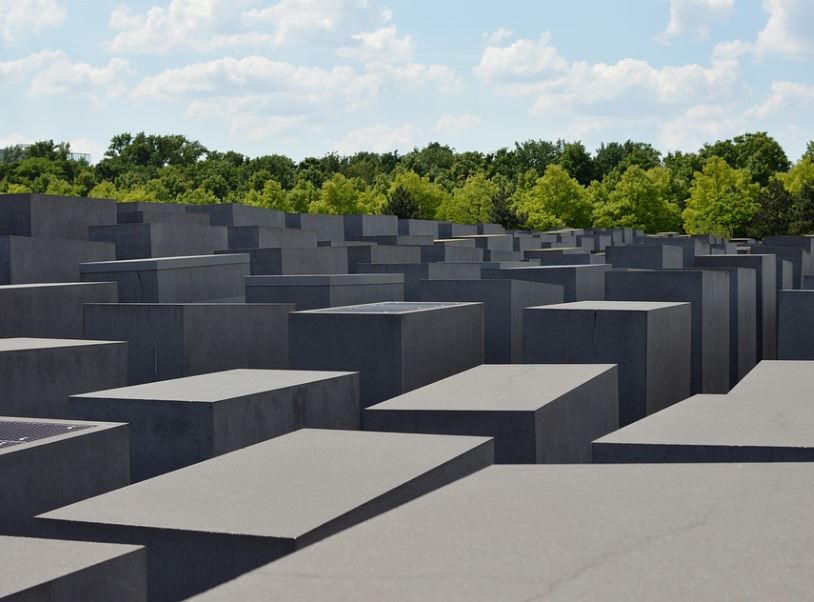
Not far from the Brandenburg Gate is the solemn and powerful memorial to the holocaust, designed by the New York architect Peter Eisenman. This Jewish memorial in Berlin Germany is set on what used to be the “death strip of the Berlin Wall” are 2,711 concrete blocks of varying heights, in a grid pattern on an undulating open space that lends the memorial a wavelike form. The blocks are on 54 north-south rows and 87 perpendicular east-west rows.
14. Unter den Linden
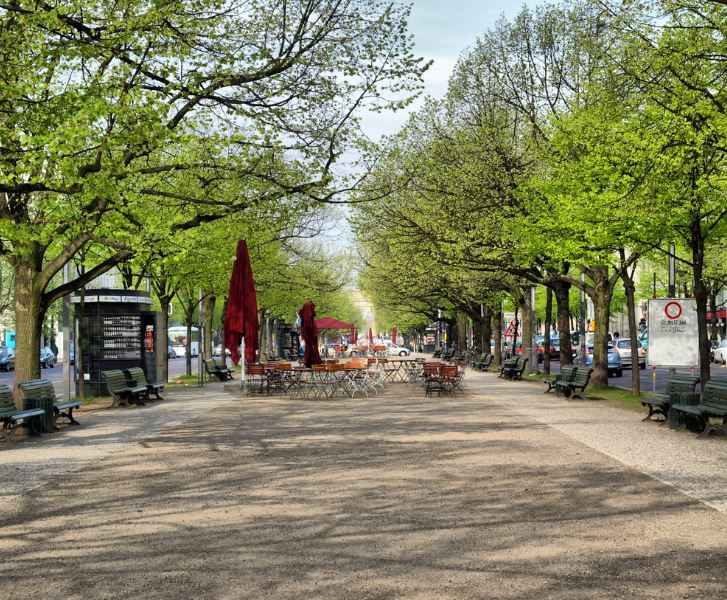
Unter den Linden is known as the Berlin’s oldest and most stately boulevard runs east to west from the Museum Island to the Brandenburg Gate. The route of this monument of Berlin is as old as Berlin, and the lime trees were planted in 1647, give Unter den Linden its name. But during the reign of Frederick the Great and it was only in the 18th century that the boulevard took on its current grandeur. The big sights like the Zeughaus, State Opera and Humboldt University all arrived in this period.
15. Gendarmenmarkt
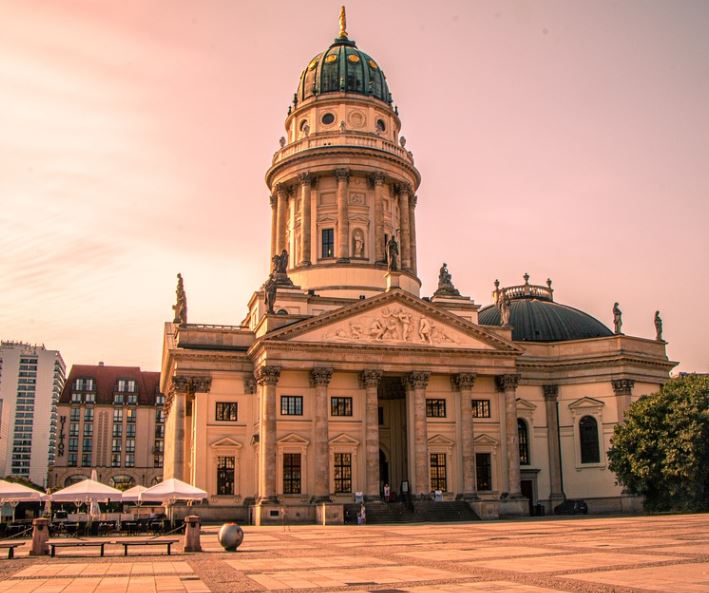
Contained by Charlottenstrabe and Markgrafenstrabe is a square exuding Baroque opulence and plotted by the architect Johann Arnold Nering in the 17th century. The showpieces are the French and German Churches, facing off at the northern and southern ends of the plaza. They are both fronted by porticos and crowned with regal domes. Between them is the newer and very imposing Konzerthaus, erected in 1821, in front of a statue of the writer Friedrich Schiller. In December the square gets a sprinkle of fairy dust when the Christmas Market sets up, while the Classic Open Air is a program of concerts in summer.
16. Topography of Terror

Like the Memorial to the Murdered Jews, this monument and memorials in Berlin stand as another sobering message for future generations. Two names that are instantly connected to possibly the most infamous period in European history on Niederkirchnerstraße is the former location of the Gestapo and SS. The headquarters for these institutions were bombed in the war and then pulled down afterward, before being abandoned in the course of the wall, which still stands here. There’s an open-air exhibition on the excavated ruins of the headquarters, recalling life in Berlin during the Third Reich, the story of the SS and Gestapo, their key figures and the deeds that were plotted at this place.
17. Fernsehturm
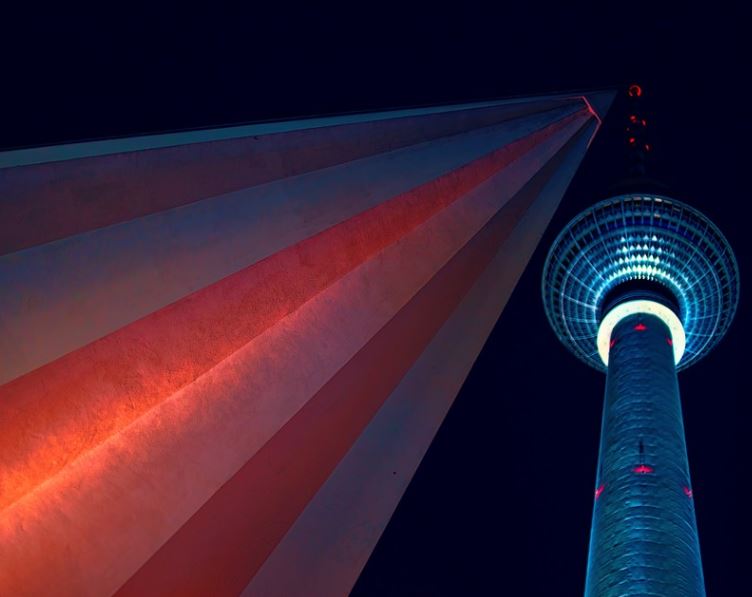
Raised next to Alexanderplatz in the late-1960s, the Fernsehturm (Television Tower) was intended as a highly visible symbol of communist power in East Berlin. Still the second tallest structure in all of the European Union, it is as much landmark for Berlin as the Reichstag or the Brandenburg Gate. This famous memorial in Berlin Germany is also the highest building in Europe open to the public and provided you plan ahead, the 40-second ride to the viewing platform 200 meters high is something you can’t turn down.
18. Jewish Museum Berlin
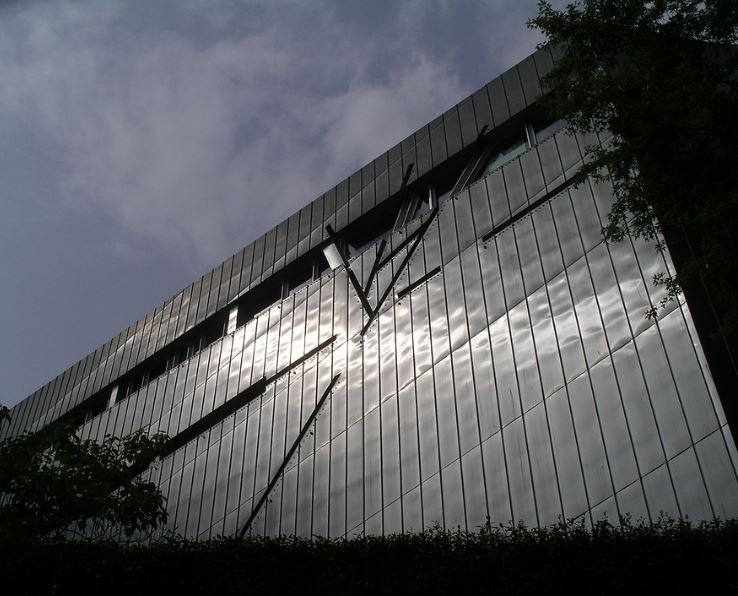
The museum’s plan resembles a bolt of lightning and has been compared to a dismantled star of David, from above. Once you start negotiating its zigzagging corridors there are empty spaces, 20-meter-high voids that express interrupted history and the sense of loss of the holocaust. Starting in the towns on the banks of the Rhine in medieval times, the permanent exhibition lays out the story of the Jews monument in Germany.
So far we have discussed the historical monuments in Tokyo. I hope you might have gathered some information related to it. If you are planning your trip to Tokyo then kindly go through our other articles as well which will be quite beneficial for you. Please share your views regarding the content explained above and liked it too.
The post Famous Monuments in Berlin | Most Visited Monuments in Berlin appeared first on World Tour & Travel Guide, Get Travel Tips, Information, Discover Travel Destination | Adequate Travel.